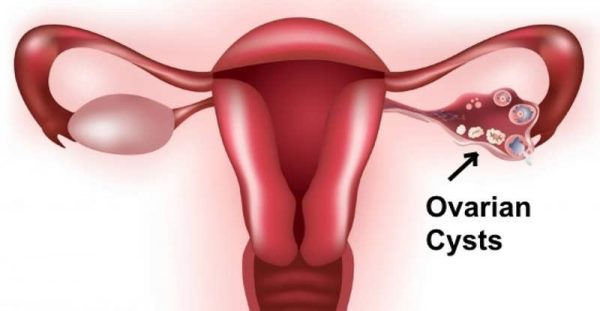"You don't need "cysts" to be diagnosed with PCOS, but what are they?"
- Anna Broomfield
- Aug 25, 2021
- 2 min read
Updated: Aug 26, 2021
Polycystic Ovary Syndrome has a very misleading name. Women with PCOS do not necessarily have to have ovarian 'cysts'. Additionally, women can have ovarian 'cysts' without having PCOS.
"What are ovarian cysts?"
Ovarian "cysts" are fluid-filled sacs found in the ovary. They home a maturing egg and their development is essential for the release of an egg in ovulation. I have written "cysts" in apostrophes because they should actually be defined as "follicles".
These follicles are arrested in their development by hormone imbalances in PCOS. This prevents ovulation and produces "polycystic ovaries".
Most do not cause you any problems. However, large cysts can cause:
Pelvic pain
Bloating
Pain during sex
Painful periods
Feeling you need to urinate more frequently

"How do hormone imbalances cause ovarian cysts?"
As you may know, in PCOS, women have elevated levels of luteinizing hormone. LH can act on early immature ovarian follicles to impair their maturation, preventing ovulation and producing ovarian cysts.
Additionally, in insulin-resistant PCOS, women have high levels of insulin. Insulin can act on early immature ovarian follicles alike that of LH, to impair their maturation, preventing ovulation and producing ovarian cysts.
Here is an image of folliculogenesis.

"How are ovarian cysts diagnosed?"
Pelvic ultrasound
MRI can sometimes be used but less commonly
"How can I treat the pain of ovarian cysts treated?"
Take over-the-counter pain medication: ibuprofen, naproxen and paracetamol
Heat therapy to ease cramps: hot water bottles
Eat almonds: Almonds are a great source of magnesium which can ease discomfort
Drink ginger tea: Helps to reduce inflammation and relieve pain
"Can my ovarian cysts get bigger?"
Yes, your ovarian cysts can grow. However, usually these will not cause you trouble or not grow very large.
In some cases, if a cysts grows very large, it can be surgically removed by a minimally invasive technique called laparoscopy.



Comments